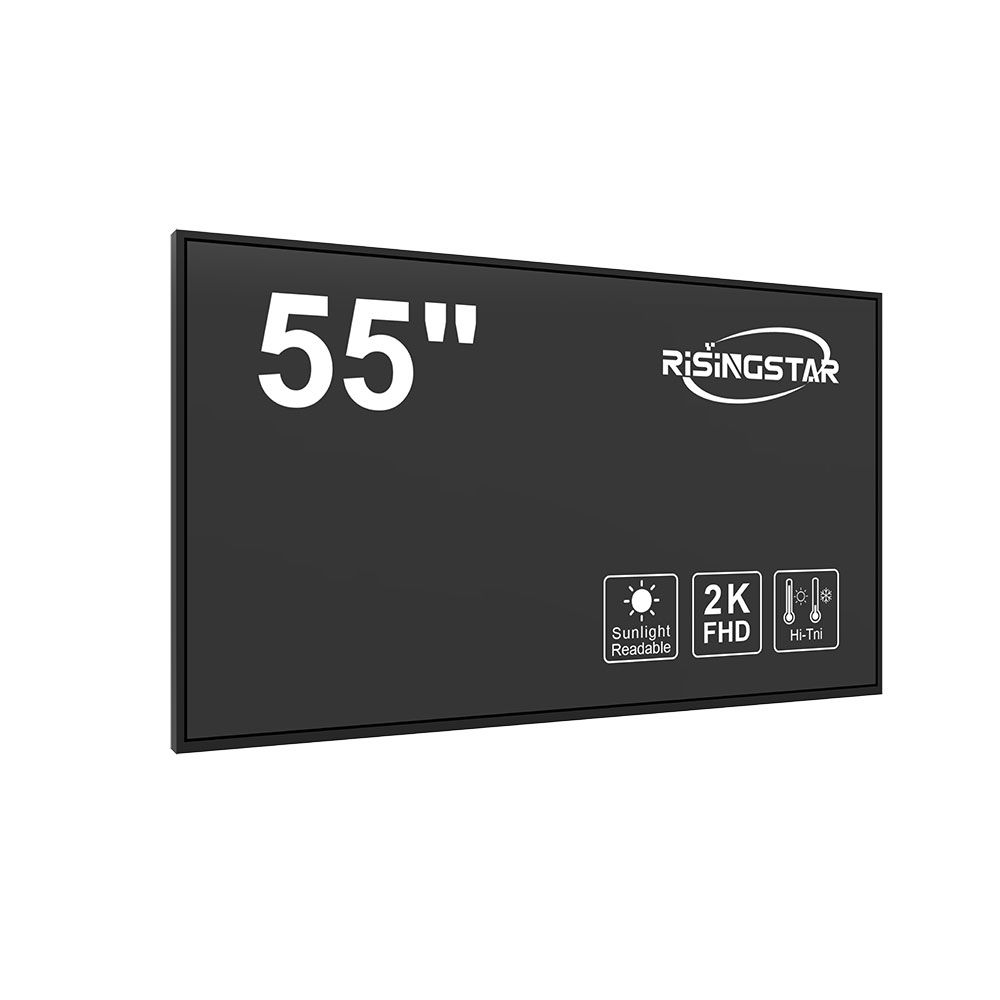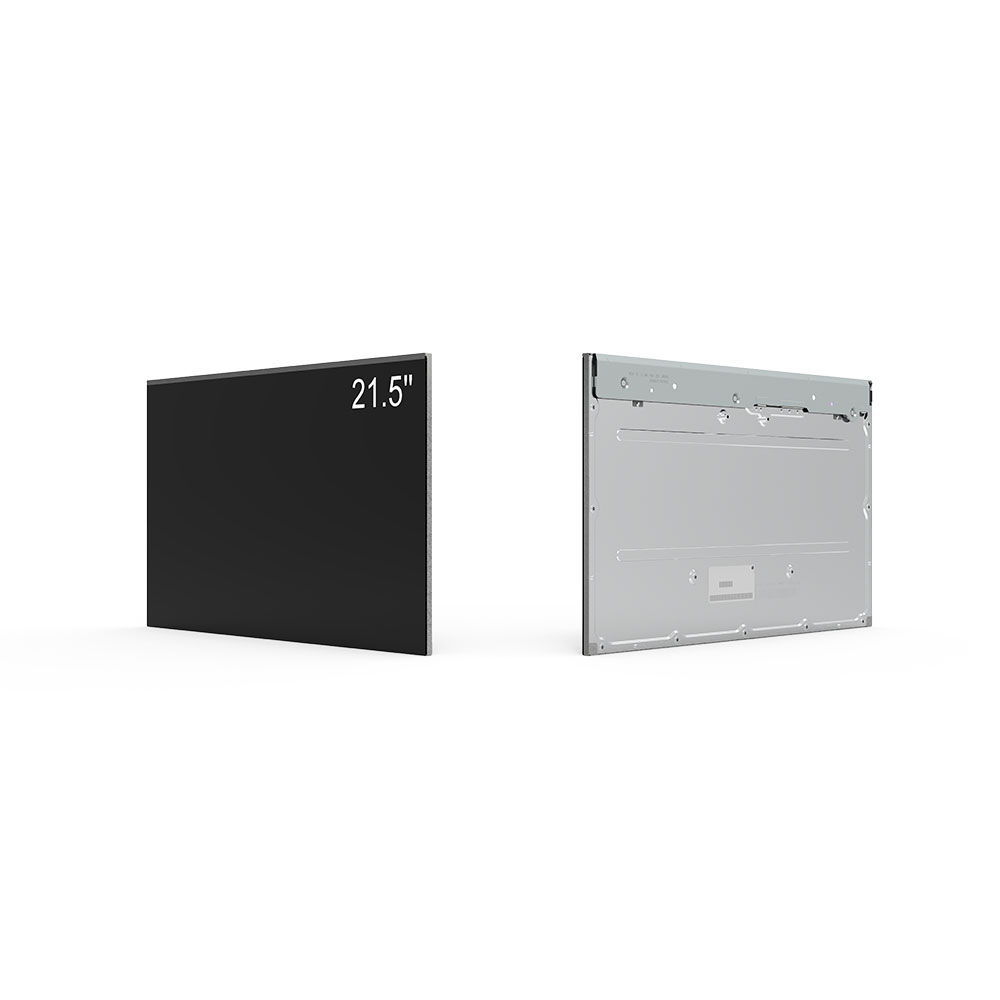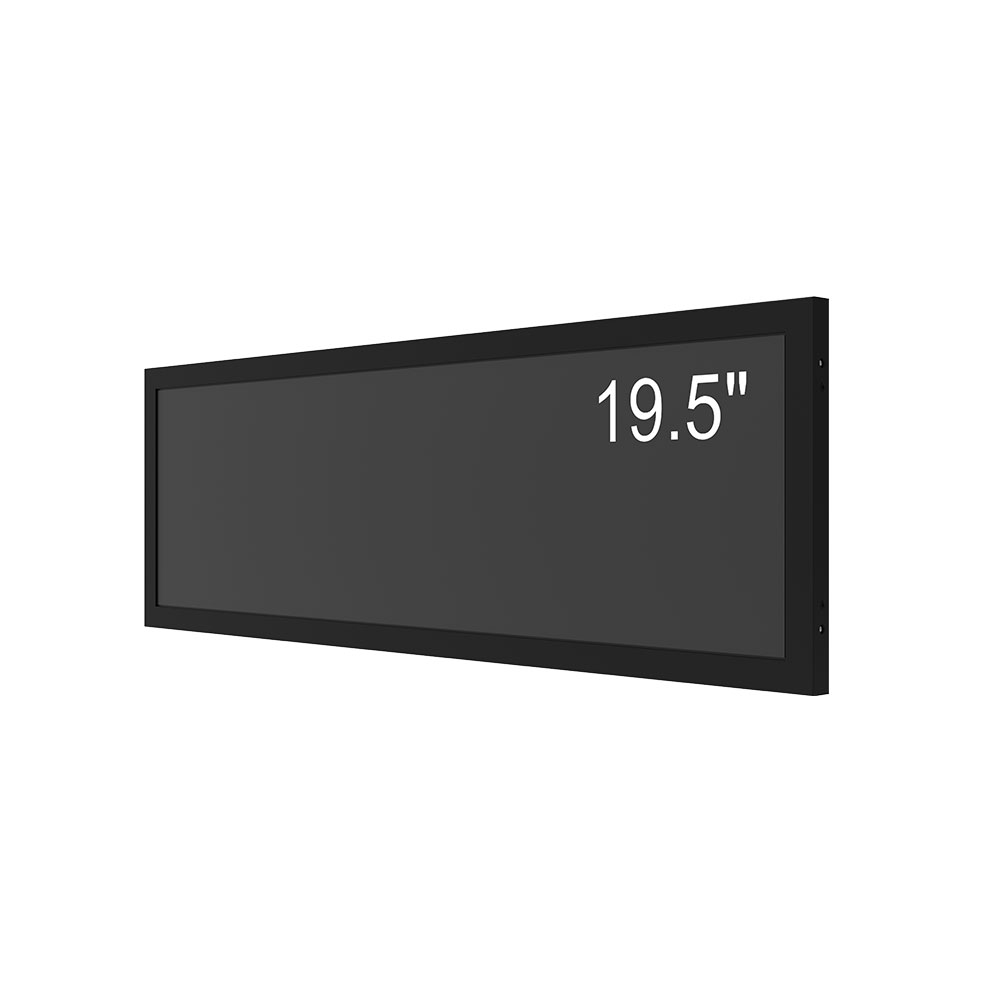When selecting an outdoor LCD display for high-visibility applications—such as digital signage in retail, transportation hubs, or public safety environments—it's critical to evaluate both technical specifications and real-world performance. The core challenge lies in ensuring consistent image clarity under direct sunlight, extreme temperatures, and variable weather conditions. Industry standards like IP65 (dust and water resistance) and MIL-STD-810G (environmental durability) are essential benchmarks for evaluating reliability.
First, brightness is paramount. For outdoor use, a minimum of 5,000 nits is recommended by the Society of Motion Picture and Television Engineers (SMPTE). Many professional-grade displays exceed 7,000 nits to ensure readability even at noon sun. For example, our team tested a 4K outdoor LED-LCD hybrid panel at 7,500 nits in Dubai’s desert climate, where ambient light exceeded 10,000 lux—a scenario that would render standard indoor screens unusable.

Second, contrast ratio and viewing angles matter. A high dynamic range (HDR) capability with a contrast ratio above 5,000:1 ensures sharp images under varying lighting. Displays with wide viewing angles (178° horizontal/vertical) maintain color accuracy across multiple observer positions—an advantage in crowded spaces like airports or bus stops.
Third, environmental resilience must be verified through third-party certifications. For instance, displays used in marine environments must meet IP68 ratings for submersion protection. In colder climates, such as Scandinavia, we recommend units rated for -30°C to +60°C operation. These parameters prevent thermal stress-related failures and extend product lifespan.

Finally, power efficiency and maintenance access should not be overlooked. Energy consumption below 200W per square meter reduces long-term operational costs, especially for large-scale deployments. Modular designs with front-accessible components simplify repairs and reduce downtime.
In summary, choosing the right outdoor LCD involves balancing brightness, durability, and smart engineering. By aligning specifications with real-world use cases—from urban advertising to military command centers—brands can achieve maximum ROI and user engagement.








